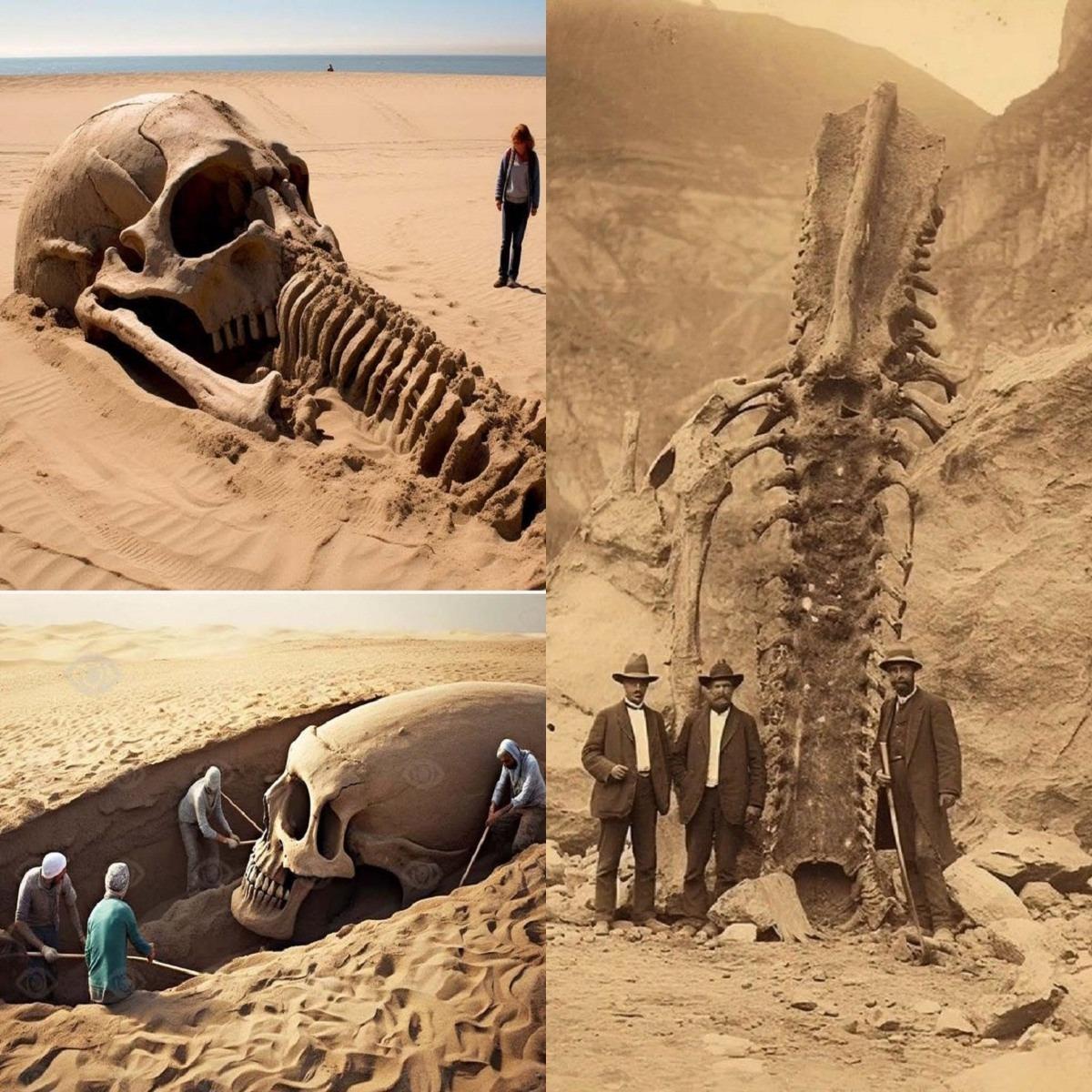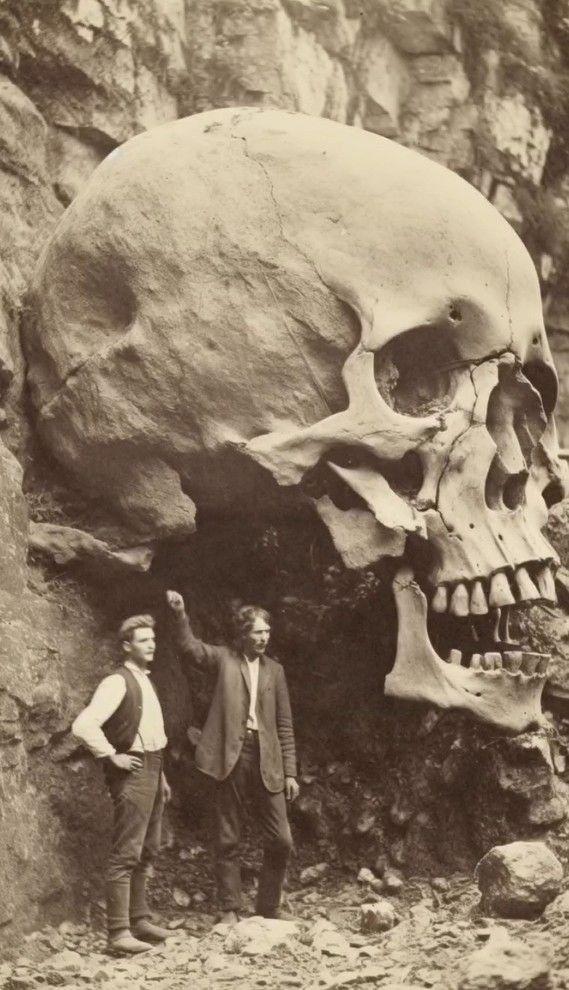Giants’ True History: Mysteries Unraveled
History is a vast and enigmatic tapestry woven with tales of triumph, tragedy, and tantalizing secrets. Among these threads lie the mysteries that continue to puzzle and intrigue us, begging to be unearthed and understood. These historical enigmas, like giants buried beneath the sands of time, challenge our perceptions of the past and compel us to search for the truth. From the sunken treasures of lost civilizations to the unsolved riddles of ancient monuments, the quest to uncover these mysteries is a journey that captivates both the mind and the imagination.

The appeal of the unresolved
Throughout history, certain mysteries have captured humanity’s collective curiosity. The allure of the unknown, combined with the potential for groundbreaking discoveries, has driven explorers, historians, and treasure hunters to dedicate their lives to uncovering the truth. But what is it about these historical mysteries that fascinates us so deeply?
One reason is the inherent human desire to solve puzzles. The unknown represents a challenge, a problem to be solved, and a story waiting to be told. Whether it is the lost city of Atlantis, the fate of the Ark of the Covenant, or the identity of Jack the Ripper, these mysteries offer a glimpse into a world that is beyond our reach, a world we long to understand.
Another reason is the potential for discovery. Unearthing a historical mystery often means uncovering new knowledge, whether it’s a forgotten civilization, a lost treasure, or a hidden truth. These discoveries can rewrite history, challenge our understanding of the past, and even change the course of our future.
The giants of history

Some historical mysteries are so grand in scale and significance that they can be compared to giants that dominate the annals of history. These giants include both physical monuments, such as the Great Pyramid of Giza or Stonehenge, and intangible enigmas, such as the Voynich Manuscript or the fate of the Roanoke Colony. Each of these giants holds the key to a deeper understanding of our past, but they remain shrouded in mystery, waiting to be discovered.
Take for example the mystery of the Antikythera Mechanism, an ancient Greek device discovered in a shipwreck off the coast of Antikythera in 1901. This complex piece of machinery, often referred to as the world’s first computer, has baffled scientists and historians for over a century. Despite extensive studies, we still don’t fully understand its purpose or how such advanced technology could have existed over 2,000 years ago.

Another giant is the mystery of the Nazca Lines in Peru. These enormous geoglyphs, etched into the desert floor, depict various animals, plants, and geometric shapes, some of which stretch over 365 meters long. The purpose of these lines remains a matter of debate, with theories ranging from astronomical calendars to alien landing sites. The sheer scale and precision of the Nazca Lines make them one of the most intriguing historical mysteries, a giant waiting to be deciphered.
Discovering the truth
The search for these historical giants is not without its challenges. Many of these mysteries have remained unsolved for centuries, and new discoveries often raise more questions than answers. However, the search for the truth is a noble task that requires perseverance, creativity, and a willingness to think outside the box.

In recent years, technological advances have provided new tools to unravel historical mysteries. Techniques such as ground-penetrating radar, DNA analysis and 3D modelling have allowed researchers to explore previously inaccessible sites and gain new insights into ancient artefacts. These tools, combined with a renewed interest in historical exploration, have led to significant breakthroughs, such as the discovery of the remains of King Richard III in a car park in Leicester or the identification of the oldest known human footprints in North America.
Yet despite these advances, many mysteries remain unsolved, their secrets buried beneath layers of history. The giants of the past still loom large, their stories untold and their truths undiscovered.
Conclusion: The eternal search
The search for historical mysteries is an eternal quest that transcends time and place. As we continue to unearth the giants of history, we gain not only a deeper understanding of our past, but also a greater appreciation for the complexities of human civilization. These mysteries challenge us to think critically, question what we know, and push the boundaries of exploration.
In the end, the truth behind these mysteries may prove more elusive than we ever imagined, but the journey to uncover it is what makes history so endlessly fascinating. As long as there are mysteries to solve, there will always be those who seek to unearth the giants, driven by a desire to discover, learn, and bring the past to life.






